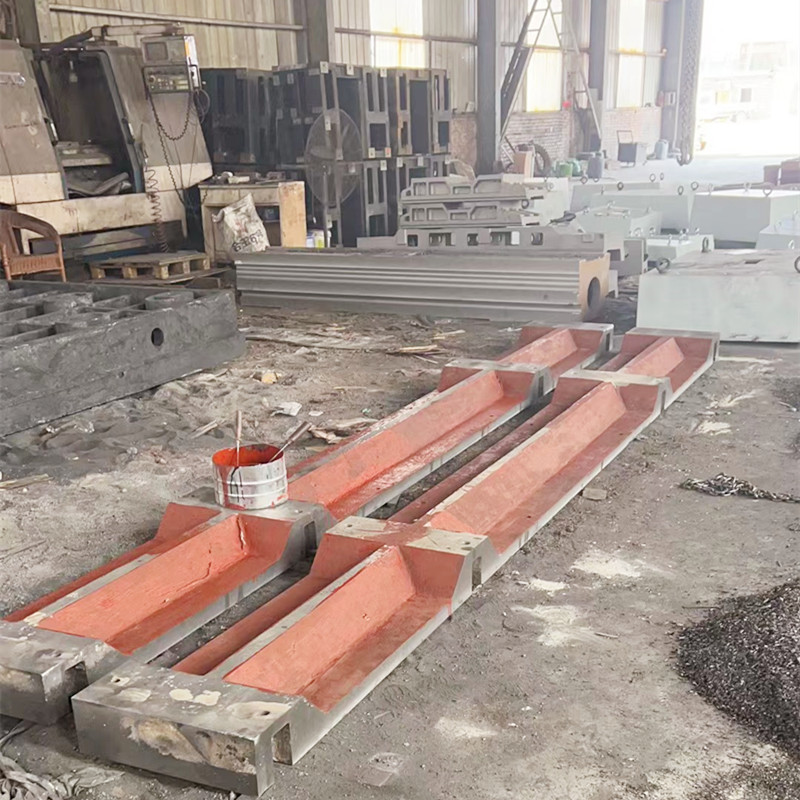Aug . 13, 2024 14:24 Back to list
Precision Measurement of Spirit Level with Accuracy of 0.02 mm per Meter in Engineering Applications
Understanding Spirit Levels The Importance of Accuracy in Measurement
In the realm of construction, engineering, and various crafts, precision is paramount. A spirit level, often referred to as a bubble level, is an essential tool that ensures surfaces are perfectly horizontal or vertical. Among the various specifications available, a spirit level with an accuracy of 0.02 mm/m is noteworthy for its high precision, making it an invaluable instrument in fields where even the slightest deviation can lead to significant consequences.
What is a Spirit Level?
A spirit level typically consists of a sealed tube containing a liquid and a bubble of air. When the level is placed on a surface, the bubble will move along the tube, indicating whether the surface is level. The principle is straightforward, yet its implications are extensive. For instance, if a foundation is not adequately leveled, it could compromise the structural integrity of a building, leading to potential safety hazards.
The Importance of Measurement Accuracy
The specification of 0.02 mm/m indicates that for every meter of measurement, the allowable deviation is a mere 0.02 mm. This level of precision is particularly crucial in high-stakes industries. In construction, for example, a slight misalignment could affect everything from aesthetics to functionality. Consider the installation of large, heavy machinery or the crafting of fine furniture; even the smallest error can result in significant issues down the line. Therefore, using a spirit level that boasts such tight accuracy standards is vital.
Applications in Various Fields
spirit level 0.02 mm m

1. Construction In the construction industry, spirit levels are used extensively during the building process. Ensuring that floors, walls, and ceilings are perfectly aligned is critical for both safety and design. A level that provides an accuracy of 0.02 mm/m ensures that any structural element can be installed precisely, reducing the risk of settling, cracking, or failure.
2. Manufacturing In manufacturing settings, machinery that operates on a level plane increases efficiency and reduces wear and tear. For industries that rely on precision engineering, such as aerospace or automotive, using a spirit level with high accuracy is non-negotiable.
3. Carpentry Skilled craftsmen such as carpenters depend on precise measurements to avoid costly mistakes. The aesthetic appeal of finished woodwork greatly depends on straight lines and right angles. A spirit level that measures with 0.02 mm/m precision helps ensure the integrity of joints and connections, enhancing both the functionality and the appearance of the final product.
4. Photography and Film Interestingly, even in creative fields like photography, a spirit level is crucial. For landscape photographers, achieving the perfect horizon is vital for capturing stunning images. A level that guarantees precision helps in setting up shots that are visually appealing.
Conclusion
A spirit level with an accuracy of 0.02 mm/m is more than just a simple measuring tool; it is a bridge between vision and reality in various professional fields. Its significance extends beyond just leveling surfaces; it embodies the principles of precision and attention to detail that are necessary for quality craftsmanship. As we advance into a future where technological precision is ever more critical, understanding the importance and application of tools like the spirit level becomes not only beneficial but essential for success in many disciplines. Whether you are constructing a building, aligning machinery, or capturing the perfect photograph, the reliability offered by such high-accuracy spirit levels ensures that your work is grounded in precision and excellence.
-
Why Metric Trapezoidal Thread is Ideal for Precision Motion ControlNewsAug.05,2025
-
The Unique Properties of a Block of Granite for Industrial UseNewsAug.05,2025
-
The Role of Flanged Y Strainers in Preventing Pipeline ClogsNewsAug.05,2025
-
The Importance of Regular Calibration for Master Ring GagesNewsAug.05,2025
-
How a Cast Iron Surface Table Enhances Accuracy in ManufacturingNewsAug.05,2025
-
Comparing Different Check Valve Types for Optimal Flow ControlNewsAug.05,2025
Related PRODUCTS









